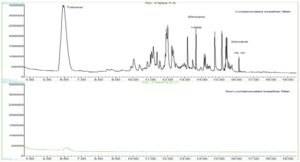
Analysis of Contaminants by Thermal Desorption GC-MS
Thermal desorption GC/MS – Good vs. failed comparisons for detecting volatile organic components and for semi-quantitative results.
Home » GC-MS

Thermal desorption GC/MS – Good vs. failed comparisons for detecting volatile organic components and for semi-quantitative results.
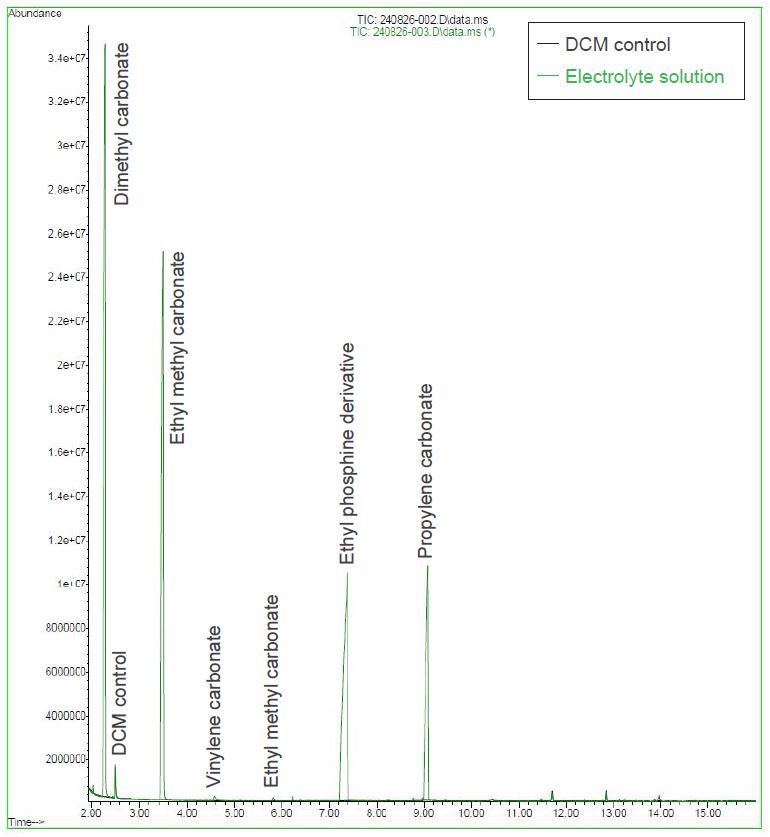
The GC-MS method offers a simple, reliable, and accurate approach for analyzing the composition of lithium-ion battery electrolytes and ensuring quality control.
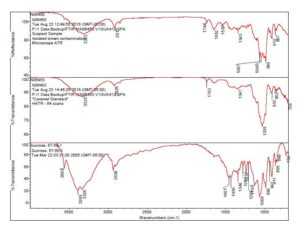
Contamination of great concern to the pharmaceutical and medical device industry, two case studies illustrate investigative approach.
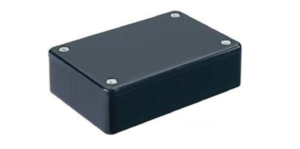
Flame retardant materials determination – learn how our experts help understand this important product’s composition in this white paper

Food testing services from EAG includes off-odors, off-taste, packaging interactions, extractables and leachables & materials identification
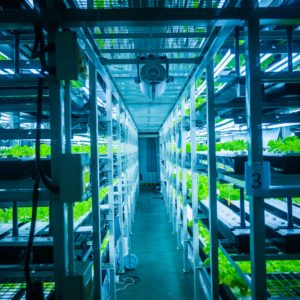
Food contaminant and beverage contaminant identification requires a strategic analytical approach using control and suspect sampling.
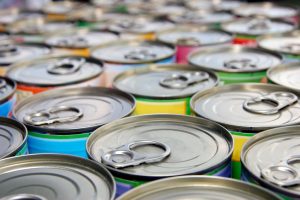
Food packaging materials can be made with plastics, paper and board, glass, metal, wax, and printing inks. These packaging materials are directly and indirectly in contact with our food.
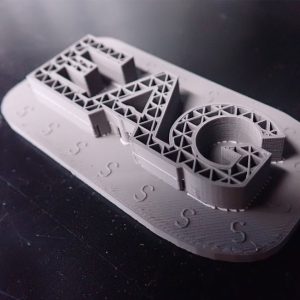
GC-MS can help with failure analysis or contamination characterization analysis on 3D printed parts. Utilizing a variety of different sampling techniques, GC-MS is a versatile tool that can identify specific species of volatile organic compounds.
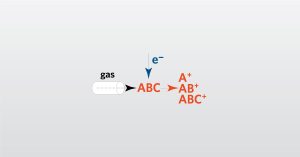
In this webinar we will focus on Gas Chromatography-Mass Spectrometry (GC-MS) which allows for the identification of specific molecules
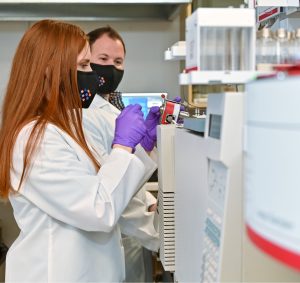
GLP characterization studies of test and reference materials by EAG Laboratories supports your regulatory compliance goals
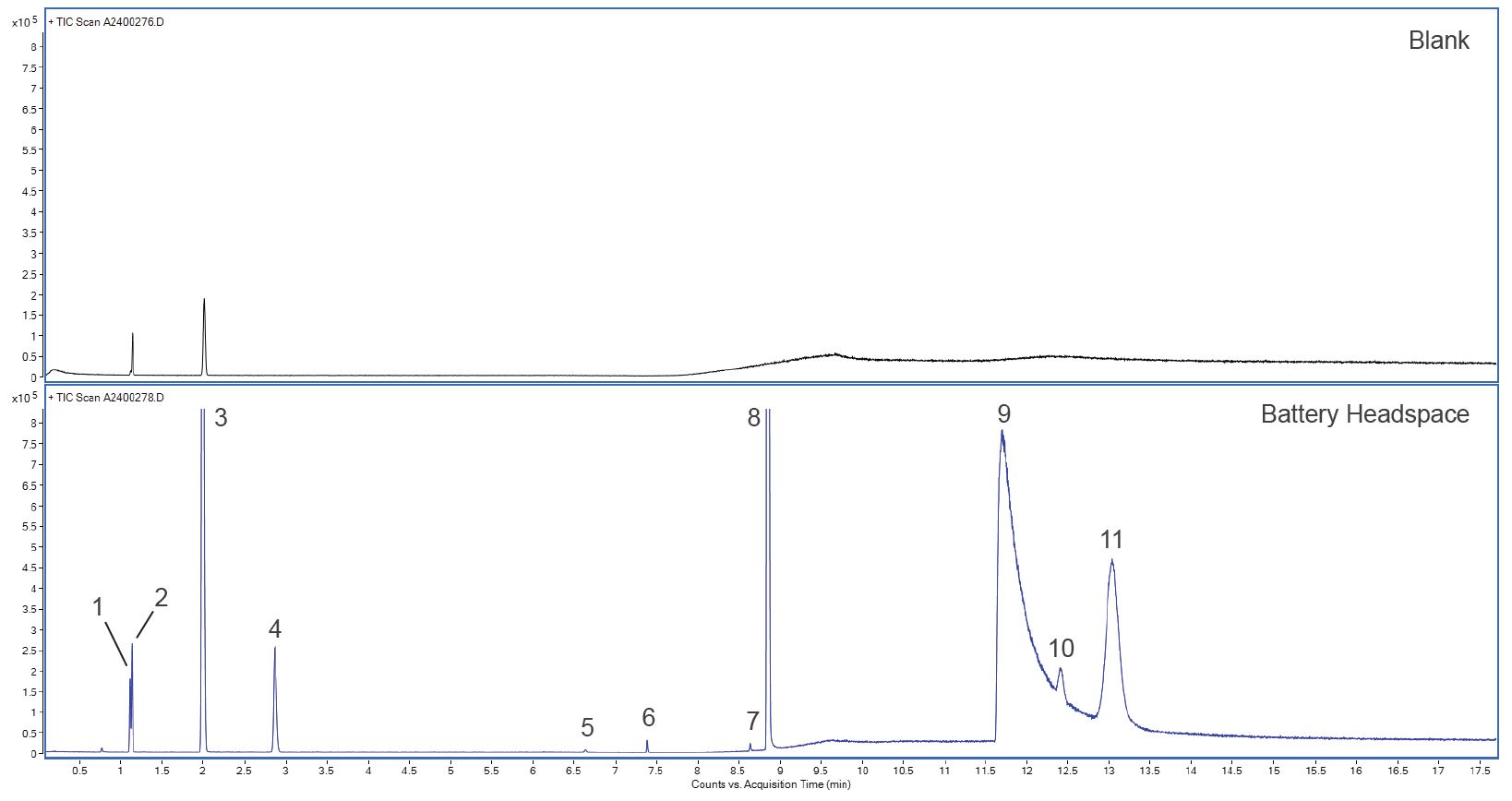
This application note describes the general screening approach of analyzing the gas within a swollen LIB pouch cell and identifying the chemical species present by headspace GC/MS.
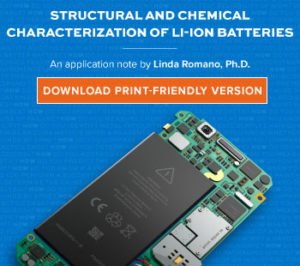
Battery characterization improves lithium-ion battery safety and performance using techniques such as SEM, TEM, XPS, GDMS, FTIR, ICP-OES, Raman and failure analysis
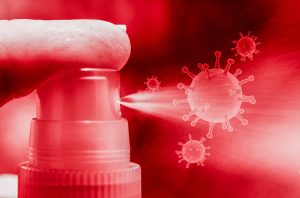
EAG is equipped with the necessary tools and techniques to examine hand sanitizer gel products for their primary ingredients
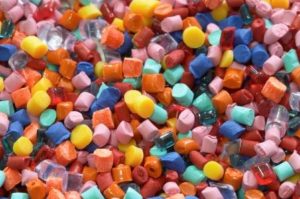
Plastic deformulation studies help identify and quantify pigments, polymers, resins, impact modifiers, stabilizers and more in your products.
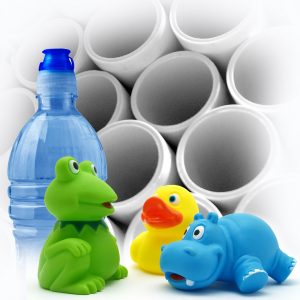
Plastic testing services from EAG offers insight into thermoplastics, elastomers, thermosets, specialty polymers, polyurethanes, coatings.
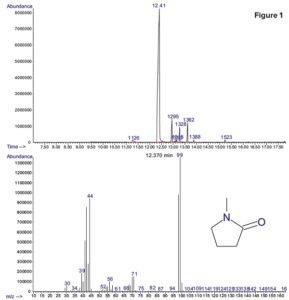
Detecting Levels of residual solvent concentrations in medical devices with Dynamic headspace Gas Chromatography-Mass Spectromety (GC-MS)
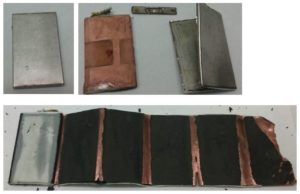
Structural and Chemical Characterization of Li-ion Batteries help to understand why batteries fail leading to safer products and improvements.
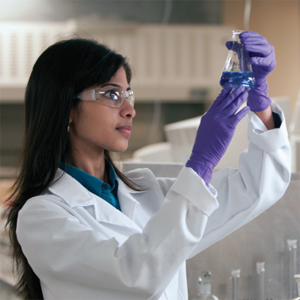
EAG Laboratories can test for ionic or covalent bonds at our Sunnyvale, St. Louis, Minneapolis and Eindhoven facilities
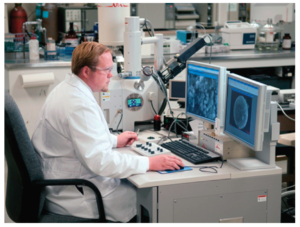
Paint deformulation separates out components to be identified with the normal analytical techniques available to the chemist.
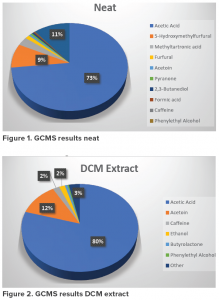
We employed a combination of GCMS, XRF and Fourier transform infrared (FTIR) spectroscopy to determine the composition of a Kombucha extract.
To enable certain features and improve your experience with us, this site stores cookies on your computer. Please click Continue to provide your authorization and permanently remove this message.
To find out more, please see our privacy policy.